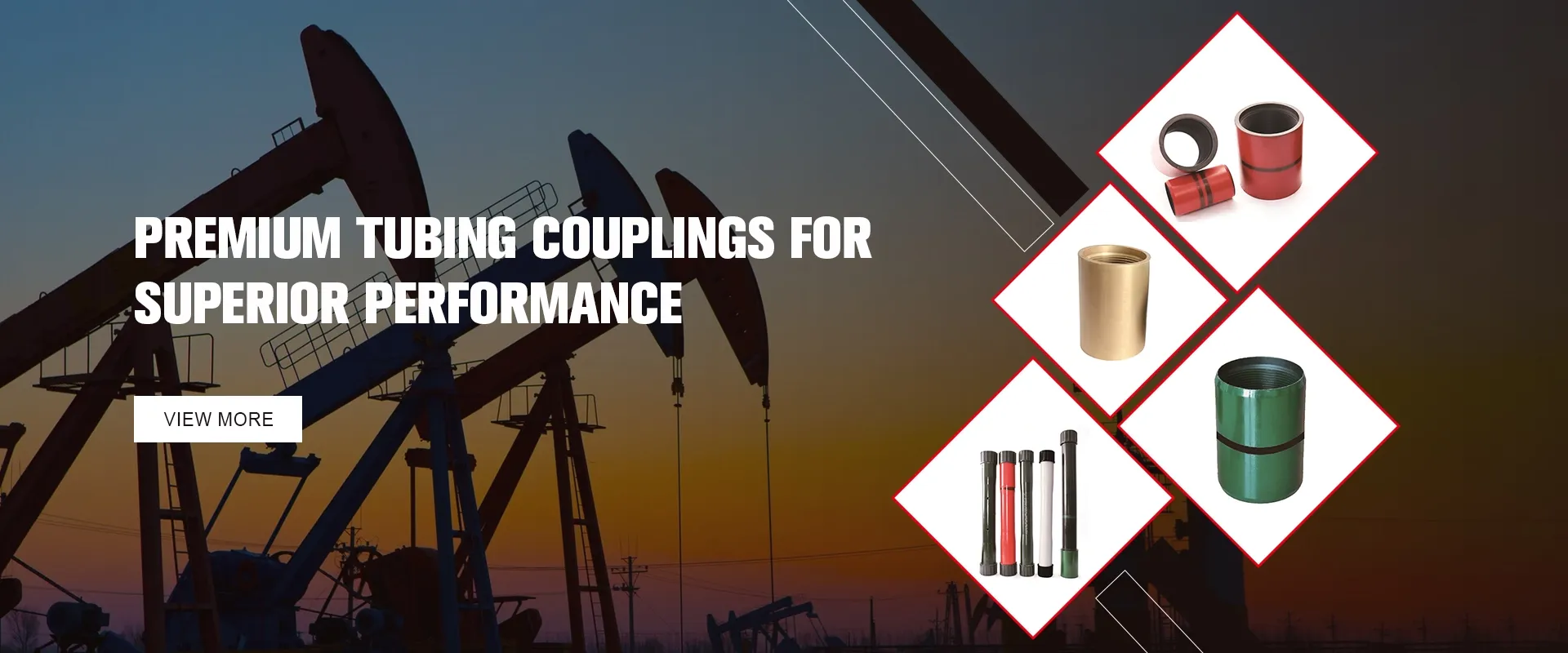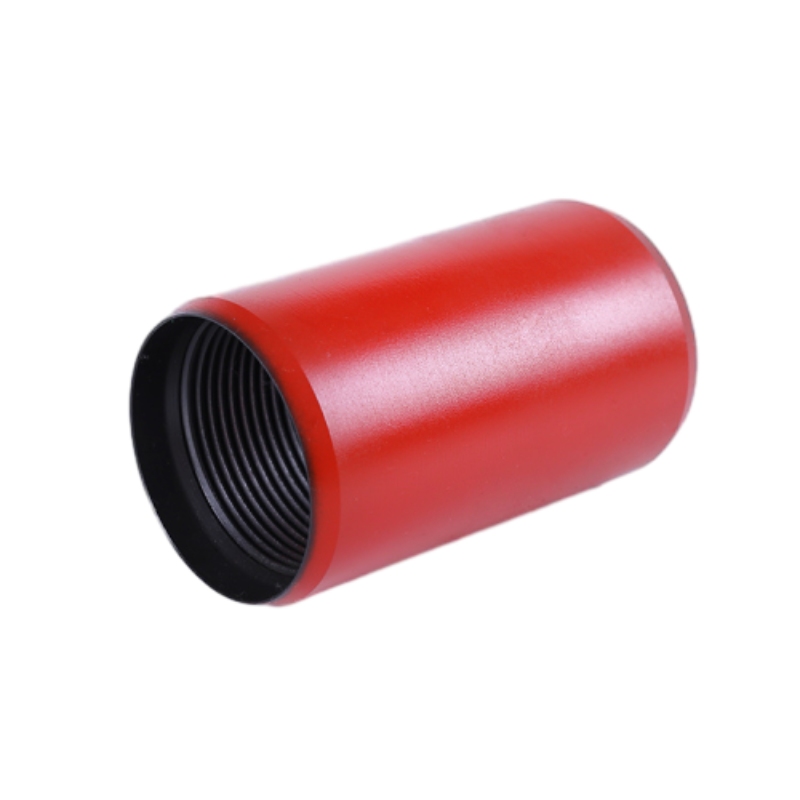- Afrikaans
- Albanian
- Amharic
- Arabic
- Armenian
- Azerbaijani
- Basque
- Belarusian
- Bengali
- Bosnian
- Bulgarian
- Catalan
- Cebuano
- Corsican
- Croatian
- Czech
- Danish
- Dutch
- English
- Esperanto
- Estonian
- Finnish
- French
- Frisian
- Galician
- Georgian
- German
- Greek
- Gujarati
- Haitian Creole
- hausa
- hawaiian
- Hebrew
- Hindi
- Miao
- Hungarian
- Icelandic
- igbo
- Indonesian
- irish
- Italian
- Japanese
- Javanese
- Kannada
- kazakh
- Khmer
- Rwandese
- Korean
- Kurdish
- Kyrgyz
- Lao
- Latin
- Latvian
- Lithuanian
- Luxembourgish
- Macedonian
- Malgashi
- Malay
- Malayalam
- Maltese
- Maori
- Marathi
- Mongolian
- Myanmar
- Nepali
- Norwegian
- Norwegian
- Occitan
- Pashto
- Persian
- Polish
- Portuguese
- Punjabi
- Romanian
- Russian
- Samoan
- Scottish Gaelic
- Serbian
- Sesotho
- Shona
- Sindhi
- Sinhala
- Slovak
- Slovenian
- Somali
- Spanish
- Sundanese
- Swahili
- Swedish
- Tagalog
- Tajik
- Tamil
- Tatar
- Telugu
- Thai
- Turkish
- Turkmen
- Ukrainian
- Urdu
- Uighur
- Uzbek
- Vietnamese
- Welsh
- Bantu
- Yiddish
- Yoruba
- Zulu
casing coupling
Understanding Casing Couplings An Essential Component in Oil and Gas Operations
In the oil and gas industry, drilling is a critical process that involves several components working seamlessly together to tap into subterranean reservoirs. One of the most important elements in drilling operations is the casing coupling. This seemingly small component plays a significant role in ensuring the integrity and efficiency of the wellbore.
Casing is a series of steel pipes that are inserted into a drilled borehole to maintain its stability, prevent the walls from collapsing, and protect the well from contamination. The casing must be sealed tightly to prevent any fluid migration between different geological formations. This is where casing couplings come into play. Casing couplings are connectors that join two sections of casing pipe, allowing for the effective transfer of loads while providing a robust seal to maintain the integrity of the well.
Casing couplings come in various sizes and designs, tailored to specific operational requirements and geological conditions. Typically, they are designed with standardized threading on both ends, ensuring that they can fit with any section of casing pipe manufactured to industry standards. This standardization facilitates easy replacement and maintenance, essential factors in operations where time and efficiency are crucial.
The material used for manufacturing casing couplings is usually high-strength steel, capable of withstanding the immense pressures and corrosive environments encountered during drilling and production. Couplings can also be coated with various protective layers to enhance their lifespan and resistance to corrosion. Innovations such as titanium or composite materials have been explored in advanced applications, particularly in challenging environments where traditional materials may fail.
casing coupling

The significance of casing couplings extends beyond mere connection; they contribute significantly to the safety and reliability of drilling operations. A failure in the coupling can lead to costly downtimes, significant environmental hazards, or even catastrophic blowouts. Therefore, strict adherence to quality standards and rigorous testing protocols are imperative in the manufacturing process of these couplings.
Casing couplings can also be equipped with various features such as thread lock technology, which provides an additional layer of security by preventing the coupling from loosening due to vibrations or other operational stresses. This technology enhances the overall performance and lifespan of the coupling, reducing maintenance costs over time.
Furthermore, advancements in technology are steering the development of smart coupling systems equipped with sensors and monitoring devices. These innovations allow for real-time assessments of the condition of couplings during drilling operations, enabling operators to make informed decisions that can enhance safety and efficiency.
In summary, casing couplings may be a small part of the larger drilling operation, but their importance cannot be understated. They serve as the backbone of casing stability, ensuring the wellbore's integrity and preventing environmental risks. As technology evolves, the future of casing couplings looks promising, with innovations aimed at improving their strength, reliability, and performance. The continuous advancement in this area reflects the industry's commitment to safety and efficiency, vital in meeting the ever-increasing global energy demands. The oil and gas industry relies on these essential components, underscoring the need for quality, innovation, and attention to detail in every aspect of drilling operations.
-
Well Casing Extension Couplings – Applications and InstallationNewsJun.06,2025
-
Types of Crossover Subs in Drilling & CompletionNewsJun.06,2025
-
Key Features of High-Quality Tubing Pup JointsNewsJun.06,2025
-
Installation and Maintenance Tips for Steel Couplings for PipeNewsJun.06,2025
-
How to Select the Right Pup Joint for Oil & Gas OperationsNewsJun.06,2025
-
Applications of Stainless Steel Pipe CouplingsNewsJun.06,2025







